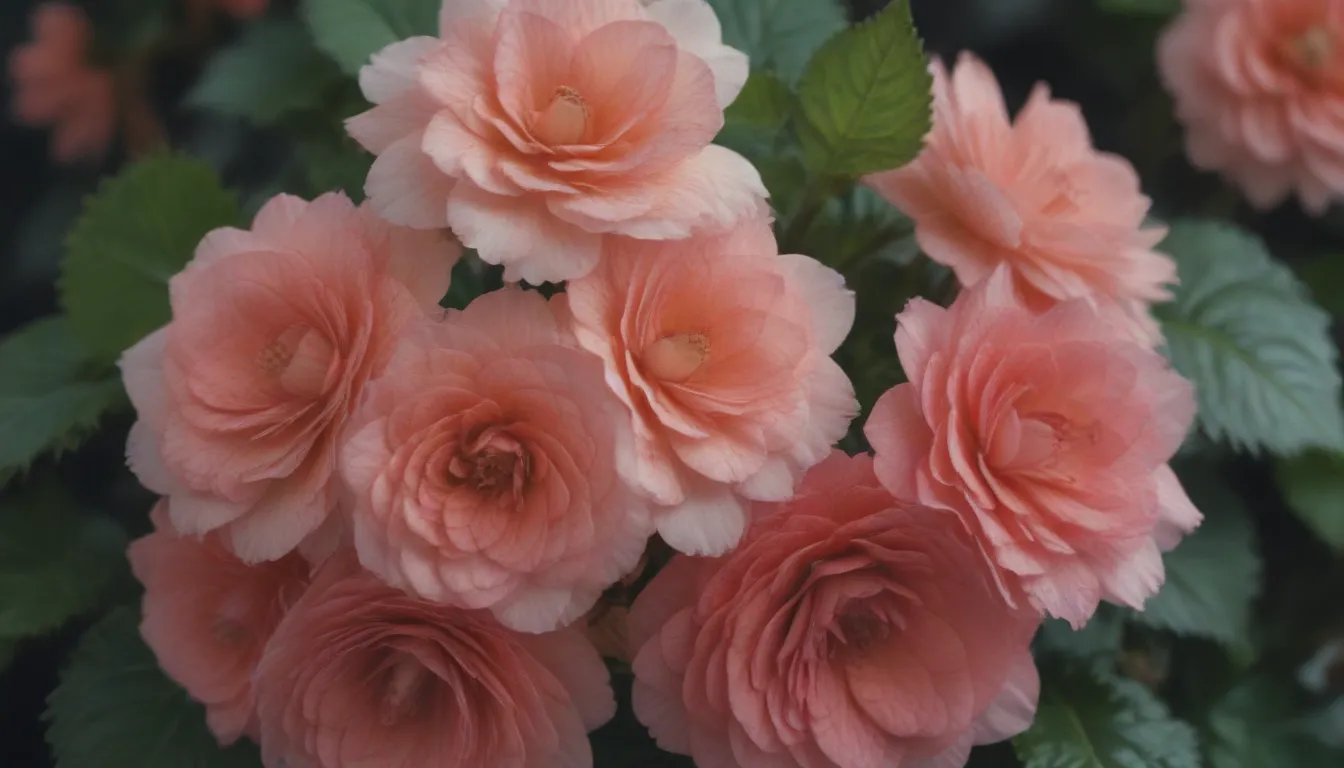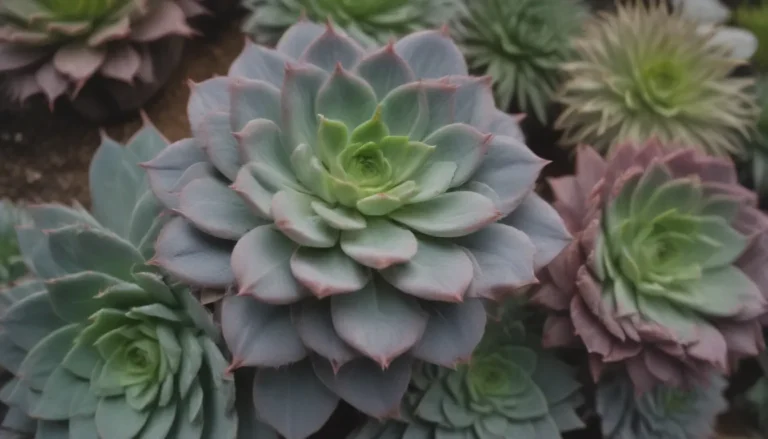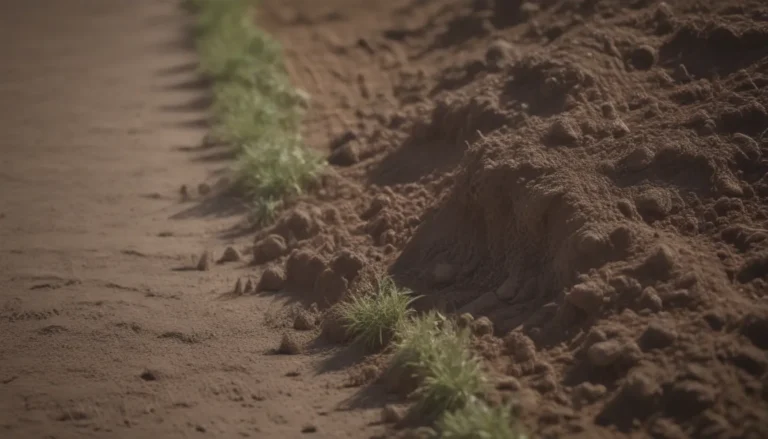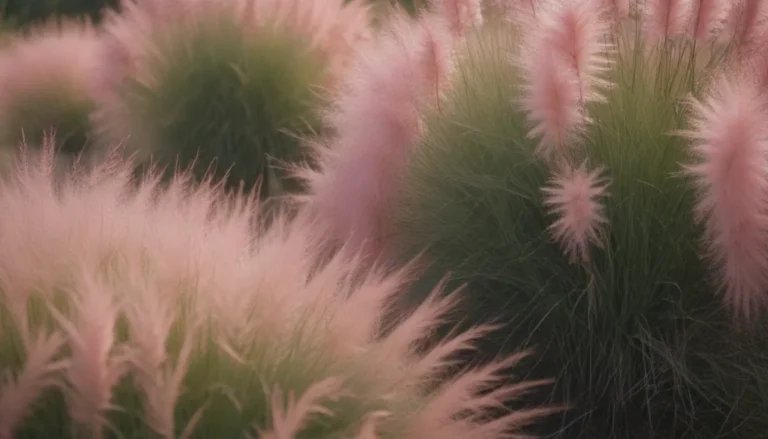Comprehensive Guide to Growing and Caring for Elatior Begonias: Brighten Your Space with These Beautiful Blooms

If you’re looking to add a burst of color and life to your indoor or outdoor space, look no further than Elatior begonias. These fast-growing flowering plants are known for their vibrant yellow, orange, red, pink, coral, and white blossoms, as well as their fleshy, heart-shaped green foliage. In this comprehensive guide, we’ll delve into everything you need to know about growing and caring for Elatior begonias to ensure they thrive and bring beauty to any space.
Understanding Elatior Begonias
Elatior begonias, scientifically known as Begonia x hiemalis, belong to a hybrid category of begonias created by crossing tuberous begonias with wax begonias. They are close relatives of rex begonias and were originally bred as annuals to bloom during the winter season. However, these versatile plants are actually perennials capable of blooming all year round. They can be grown indoors as houseplants or outdoors in containers or window boxes, making them a flexible and stunning addition to any garden.
Elatior Begonia Care Tips
Despite their striking beauty, Elatior begonias are not difficult to grow or maintain. By following these care tips, you can ensure your plants thrive and continue to brighten your space.
Light
Elatior begonias thrive in bright, indirect light when grown indoors. Avoid exposing them to direct sunlight, as this can damage their leaves and blossoms. When growing them outdoors, choose a shaded area to protect the delicate foliage from sun damage.
Soil
These plants have fibrous roots that require good anchoring to support their heavy blossoms. Use high-quality, well-draining soil consisting of potting soil and perlite to provide the ideal growing environment for Elatior begonias.
Watering
Allow the top inch of soil to dry out before watering your Elatior begonia. Water the plant once every five to seven days, depending on the environment. Overwatering can lead to root rot, so be mindful of the plant’s watering needs.
Temperature and Humidity
Elatior begonias thrive in temperatures between 50 and 75 degrees Fahrenheit and prefer humidity levels between 40 and 60 percent. Protect them from frost and low temperatures, as they are sensitive to cold conditions.
Fertilizer
During the growing season, fertilize your Elatior begonia every two weeks with a water-soluble plant fertilizer. Dilute half a teaspoon of fertilizer in a gallon of water to provide essential nutrients for healthy growth.
Pruning and Propagating Elatior Begonias
To ensure your Elatior begonia maintains its shape and health, pruning and propagating are important tasks that can help promote growth and vitality.
Pruning
If your plant becomes tall and leggy, pruning can help it grow into a better shape. Use clean pruning shears to cut away old growth and encourage the plant to produce side-shoots for a fuller appearance.
Propagating
Elatior begonias can be easily propagated from single leaf cuttings. The best time to propagate them is in the spring, before the summer blooming season. This simple process allows you to create new plants from existing ones and expand your begonia collection.
Potting and Repotting Elatior Begonias
To ensure your Elatior begonia thrives in its pot, proper potting and repotting are essential tasks to maintain its health and growth.
Potting
Choose a pot with drainage holes to prevent root rot and other diseases. As the plant’s fibrous roots grow, it may need to be repotted occasionally to provide more space for healthy growth.
Common Pests and Plant Diseases
Like all plants, Elatior begonias can be susceptible to pests and diseases that can affect their health and growth. Keep an eye out for common pests such as aphids, caterpillars, spider mites, thrips, and whiteflies, and treat them with neem oil or insecticidal soap. Prevent diseases like botrytis, fusarium, powdery mildew, and rhizoctonia by avoiding overwatering and ensuring the plant receives adequate sunlight.
How to Induce Bloom in Elatior Begonias
One of the highlights of growing Elatior begonias is their abundant and colorful flowers. By creating the right environment for blooming, you can enjoy a stunning display of blooms throughout the year.
Blooming
Elatior begonias are photoperiod bloomers, meaning their bloom is stimulated by the number of hours of light they receive. To induce flowering, create a short-day environment by using blackout curtains to provide long “nights” of 12 hours or more. This will encourage the plant to produce more blooms and enhance its beauty.
Common Problems and Solutions
While Elatior begonias are generally low-maintenance plants, they can face common issues if not properly cared for. Be mindful of overwatering, sunlight exposure, and temperature fluctuations that can impact the plant’s health and growth. With proper care and attention, Elatior begonias can live as long as two to three years and continue to thrive in your indoor or outdoor space.
In conclusion, Elatior begonias are versatile, beautiful plants that can brighten any space with their vibrant blooms and lush foliage. By following these care tips and recommendations, you can ensure your Elatior begonias thrive and bring joy and beauty to your home or garden. Whether you’re a seasoned gardener or a beginner plant enthusiast, Elatior begonias are a fantastic choice for adding color and life to your living space. So, why wait? Start growing and caring for these stunning plants today and enjoy the beauty they bring to your surroundings!





